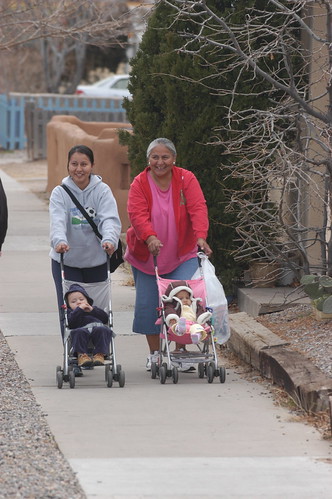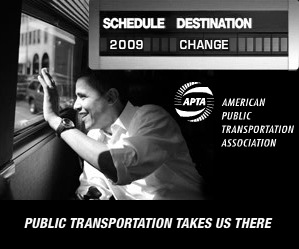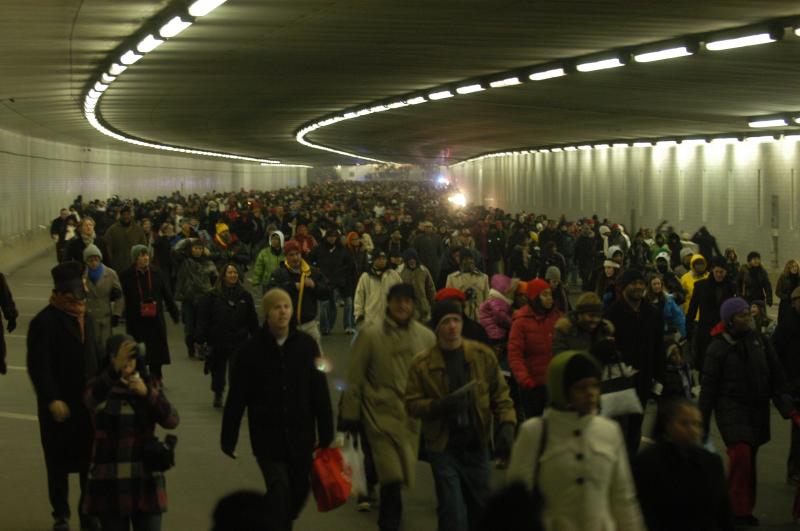 The 2011 edition of our pedestrian safety report is out today, looking back on the 47,000 people that were killed and 688,000 injured while walking our nation’s streets in the ten years from 2000-2009. Dangerous by Design 2011 examines the problem and several solutions for the epidemic of preventable deaths that far too many have simply accepted as matter of course.
The 2011 edition of our pedestrian safety report is out today, looking back on the 47,000 people that were killed and 688,000 injured while walking our nation’s streets in the ten years from 2000-2009. Dangerous by Design 2011 examines the problem and several solutions for the epidemic of preventable deaths that far too many have simply accepted as matter of course.
This edition of our national report, along with data and a report or factsheet for all 50 states, comes with a powerful visual: this year, we’ve taken the pedestrian fatalities from 2001 to 2009 that have location data (all but about 5 percent) and plotted them on an interactive map, allowing you to take a look at the streets and roads near you to see how safe or unsafe they may be. Test it out.
https://t4america.org/resources/dangerousbydesign2011/map/
Type an address and once the map draws, click on any point to see the available information about the victim, the date, the location, the street type and even what the road looks like via Google Street View. Here’s a sample from Orlando, rated the #1 most dangerous metro area in the country.
The visual is striking. Shown on a map like this, it’s shockingly easy to pick out the busy arterial roads where fatalities are strung out in a tidy little line following the path of the road. Nationally speaking, the majority of these deaths occurred along these “arterial” roadways that are dangerous by design — streets engineered for speeding traffic with little or no provision for people on foot, in wheelchairs or on bicycles.
Our federal tax dollars actually go to build these streets that are designed to be perilous to children, older adults and everyone else. And yet, right now, some in Congress are considering the total elimination of funding for projects to make it safer to walk and bicycle.
The highways-only lobby insists that pedestrian safety is a “frill” and a local responsibility. But 67 percent of these fatalities over the last 10 years occurred on federal-aid roads — roads eligible to receive federal funding or with federal guidelines or oversight for their design.
That’s right: Federal programs have encouraged state departments of transportation to prioritize speeding traffic over the safety of people in our neighborhoods and shopping districts. Shouldn’t our tax dollars be used to build streets that are safe for all users, and not deadly for those on foot?
The irony is that fixing these conditions is relatively cheap: Existing funds for that purpose — now targeted for elimination — amount to less than 1.5 percent of the current federal transportation outlay. A policy of giving federal support only to “complete streets” that are designed for the safety of people on foot or bicycle as well as in cars would cost next to nothing.
Tell Congress: it’s no time to start cutting funding keeps pedestrians safe.
UPDATE: Within hours of the report’s release, Senator Tom Harkin and eleven co-sponsors formally introduced the Complete Streets Act of 2011, which mirrors its House counterpart — sponsored by Republican Steve LaTourette and Democrat Doris Matsui — in calling for streets that are safe and accessible for all users, whether on foot, in a wheelchair, on a bike or using public transit. The Iowa Democrat, who has introduced similar legislation in the past, mentioned the Dangerous by Design report in his statement this afternoon.




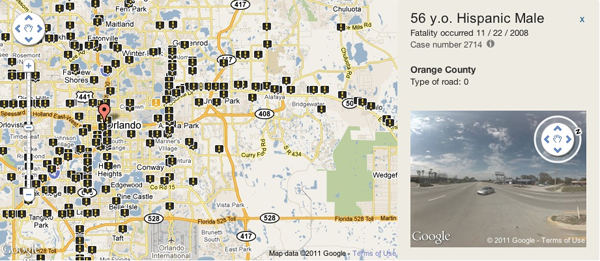

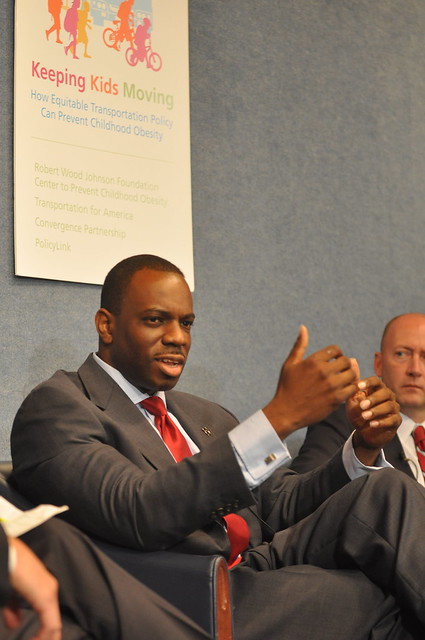
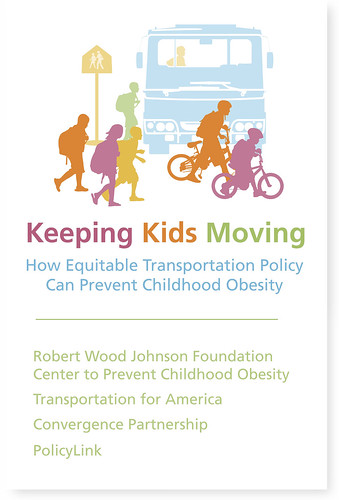

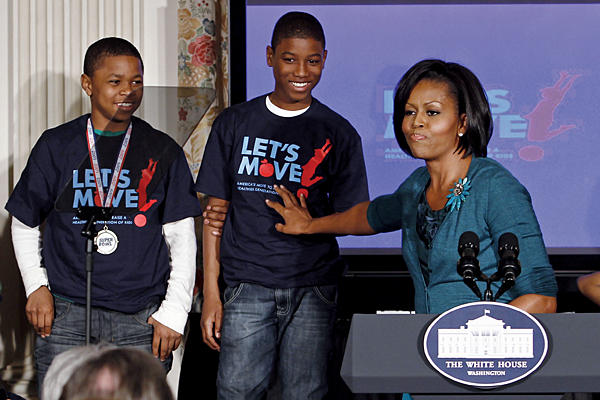
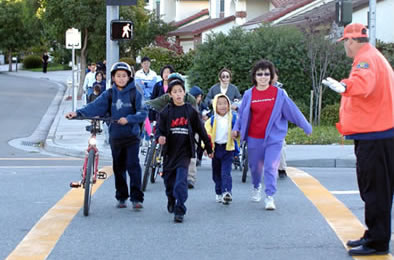


 This week’s issue of TIME Magazine topped off three weeks of nationwide coverage of Transportation for America’s Dangerous by Design report ranking communities according to the risk for pedestrians.
This week’s issue of TIME Magazine topped off three weeks of nationwide coverage of Transportation for America’s Dangerous by Design report ranking communities according to the risk for pedestrians.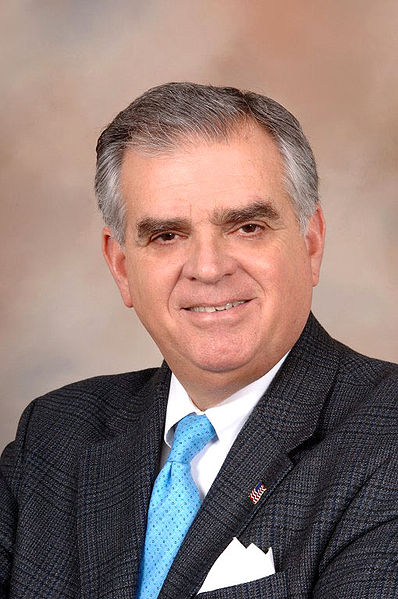




 Last week, an offhand comment by Republican Senator John Ensign about the link between health and transportation policy didn’t make the headlines, but it did make an interesting connection.
Last week, an offhand comment by Republican Senator John Ensign about the link between health and transportation policy didn’t make the headlines, but it did make an interesting connection.